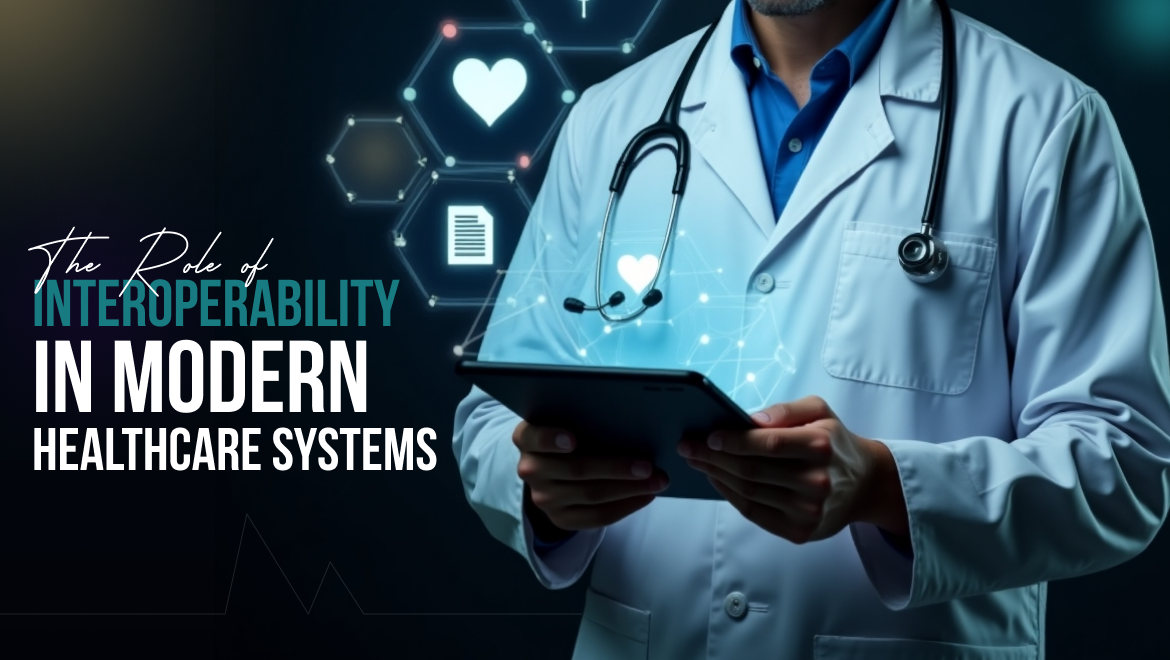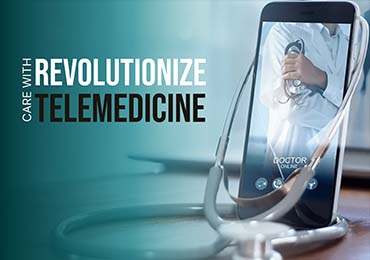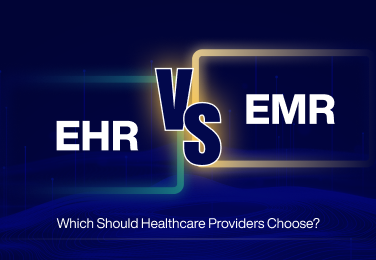

- By Admin
- 17 May, 2025
- 4 min Read
The Role of Interoperability in Modern Healthcare Systems
In today’s healthcare landscape, data is the lifeblood of effective patient care. But when systems don’t talk to each other, that lifeblood becomes fragmented—resulting in delays, redundancies, and costly inefficiencies. That’s where interoperability steps in.
Interoperability is no longer just a tech buzzword—it’s a critical enabler of connected, coordinated, and patient-centric care. By ensuring that different health IT systems can exchange, interpret, and use data consistently, interoperability is transforming healthcare delivery across the globe.
What is Healthcare Interoperability?
At its core, interoperability is the ability of different health information systems, devices, and applications to access, exchange, integrate, and cooperatively use data in a coordinated manner. This applies across:
This approach has become popular due to:
- Electronic Health Records (EHRs)
- Medical imaging platforms
- Lab systems
- Pharmacy systems
- Wearables and remote patient monitoring devices
Whether it’s a hospital in Boston or a clinic in Bangalore, interoperability ensures seamless communication between disparate systems, improving both efficiency and clinical outcomes.
Why Interoperability Matters Now More Than Ever
With the growing adoption of telehealth, AI diagnostics, and patient-facing health apps, data silos are no longer sustainable. Key benefits of interoperability include:
- Improved Patient Care: Clinicians get a complete picture of patient history, reducing diagnostic errors and redundant testing.
- Faster Decision-Making: Real-time access to lab results, vitals, and prior treatments supports quicker clinical decisions.
- Enhanced Data Security & Compliance: Standardized, centralized access reduces unauthorized sharing and supports HIPAA/FDA compliance.
- Reduced Administrative Burden: Automated data exchange lowers the time spent on manual data entry and paperwork.
Real-World Impact: How Interoperability Saves Lives
Imagine this: A patient visits the ER unconscious. Without interoperability, doctors may miss a crucial allergy, a chronic illness, or medication history—putting the patient at serious risk. But with an interoperable EHR system, that information is available within seconds, improving the speed and accuracy of care.
Key Standards Driving Interoperability
Several global standards support seamless healthcare data exchange:
- HL7 (Health Level 7): A framework for the exchange of clinical data.
- FHIR (Fast Healthcare Interoperability Resources): A next-gen standard focused on mobile and cloud applications.
- DICOM: Standard for medical imaging interoperability.
- LOINC & SNOMED CT: Terminology standards to unify data representation across systems.
Challenges to Achieving Full Interoperability
Despite its promise, achieving true interoperability comes with obstacles:
- Legacy systems with incompatible formats
- Lack of universal adoption of data standards
- Privacy, consent, and security concerns
- High integration costs for small providers
The Future: Interoperability Meets Innovation
As healthcare continues to shift toward value-based care and personalized medicine, interoperability will serve as the foundation for:
Cloud infrastructure management:
- Predictive analytics using cross-platform data
- Coordinated care across specialists, insurers, and pharmacies
- AI-driven diagnostics and remote monitoring solutions
- Patient-owned health records and improved engagement

